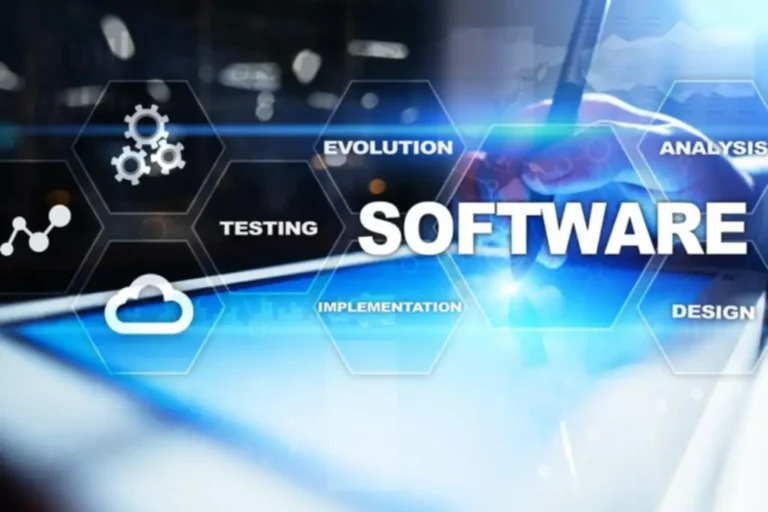If any bugs have been within the integrated software top down integration testing and required disintegrating the modules to develop and take a look at again, it could result in a lot of time consumption. However, if the requirement is to test main defects in the built-in system first, the tester won’t face any issues. A driver is a dummy code that sends the responses and acknowledgment (primarily not necessarily) to the sub-modules.
👉how Can The Testing Pyramid Be Adapted For Cellular Applications?
However, please note that the utilization of drivers is only relevant for backside up testing. This restriction makes us develop a dummy code that will act on behalf of the unique module with out actually calling it during testing. Since all we’d like is the response, simply call the dummy code whereas altering the response as per testing needs each time and take a look at Warehouse Automation how our current module behaves with those responses. In top down integration testing, you begin from the central module that the tip consumer would use after integrating it with other small modules.
High Down Integration Testing: With Finest Practices

To ensure that your Testing Pyramid strategy is effective and yields one of the best results, exact metrics at every tier should be tracked. These crucial metrics will help you in figuring out the efficiency, high quality, and protection of your testing process. Maintaining a balanced take a look at protection minimizes over-reliance on expensive and time-consuming end-to-end tests. The pyramid additionally minimizes maintenance efforts by placing automated unit tests first, guaranteeing that check suites stay reliable as initiatives evolve. This collaboration allows for better identification of potential integration points and ensures the testing process is aligned with the system’s total objectives. This process ensures that the lower-level modules are accurately built-in with the higher-level ones.
Integration Check Plans: A Fast Overview
A ‘Driver’ is a chunk of software that drives (invokes) the Unit being examined. A driver creates essential ‘Inputs’ required for the Unit and then invokes the Unit. Moreover, top-down testing goes from major to minor components, whereas bottom-up testing goes from small to important modules. Customer requirements may change at any level in the course of the software program improvement life cycle. These requirement modifications may not attain the developers accurately.
The primary distinction between top-down and bottom-up integration testing is one moves from top to down and the other one moves from backside to top while performing integration testing. Hybrid integration testing is also referred to as Sandwich integration testing. It is the combination of each Top-down and Bottom-up integration testing. And this sequence may be continued if there exists another stage of modules.
Integration Testing is a type of testing by which software program modules are conceptually connected and tested as a unit. A typical software project is made up of a number of software modules written by a number of programmers. The goal of this stage of testing is to search out flaws in the method in which various software components work together after they’re combined. Meaning lower-level modules are examined & built-in first to execute sure software features. If the higher-level module isn’t constructed yet, a short lived program referred to as DRIVERS is used for mimicking the principle module. This driver configures test case enter and output to be able to check the decrease modules.
Top-down integration testing is an efficient approach to achieving this. It begins with the top-level modules and progressively integrates and exams lower-level modules. Big Bang Testing is a way for integration testing by which all the elements or modules are introduced together on the same time after which examined as a single entity. During testing, this built-in assortment of parts is handled as a single object.
Top down Integration testing is a part of incremental strategy, in which the testing is completed by joining two or extra modules that are logically related. This process is usually carried out through the use of dummy applications known as, Stubs and drivers and is used so as to stimulate the behaviour of the lower level modules that aren’t but integrated. The integration take a look at is the process of verifying the interaction between software program parts. Classic top-down or bottom-up integration testing methods are used with traditional, hierarchically structured software.
Still, it’s considered totally different from it due to its utilization in different situations in testing and working with a complete other section of return responses. While it’s necessary to test the core options first, skipping complete coverage of less seen system elements can lead to missed bugs. By understanding potential challenges and proactively addressing them, groups can improve the general testing end result.
In this approach, the modules at higher level are examined first, after that lower-level modules are considered for testing. If these modules aren’t examined sooner enough, it becomes tougher to establish integration points. Early integration of lower-level modules ensures a smoother general testing process.
In Top-Down integration testing, the testing takes place from high to backside, following the control move or architectural construction. Here, only the top module is unit examined in isolation, after which, the decrease modules are built-in one after the other. This course of is repeated till all of the modules are built-in and examined. The primary module is used as a take a look at driver and stubs are substituted for all components instantly subordinated to the main control. These stubs are the modules that act as a temporary alternative for a referred to as module and give the same output as that of precise product. The high down integration testing technique is an incremental method that includes joining two or extra logically related modules.

The top-down integration testing is an incremental technique of building a program structure. It incorporates the modules while moving downward, beginning with the principle management in the hierarchy. Sub-modules are then integrated to the primary module using either a depth-first or breadth-first methodology. The major objective of top-down integration is to verify the significant control and determination points earlier within the check process. Begin with unit tests since they’re quick, inexpensive, and detect errors early within the improvement process.
- It is the mixture of each Top-down and Bottom-up integration testing.
- The most significant advantage of executing this approach is its user-friendliness which provides excessive deployment coverage in software program improvement.
- A ‘Sales Order Printing’ program takes a ‘Sales Order’ as an enter, which is definitely an output of ‘Sales Order Creation’ program.
Early testing ensures stakeholders can provide enter sooner within the improvement cycle, allowing adjustments to be made while the project is still versatile. This strategy ensures crucial functionality is validated before extra complicated issues arise, decreasing the chance of pricey late-stage fixes. In the top-down integration testing, if the breadth-first strategy is adopted, then we are going to combine module M1 first, then M2,and M6. In the top-down integration testing, if the depth-first approach is adopted then we are going to begin integration from module M1.
The subsystems in the backside layer of the hierarchy are individually tested. The following subsystems to be tested are those who “call” the subsystems tested previously. The check drivers are used to simulate the “top” layer parts that have not yet been integrated. Stubs and Drivers are faux applications utilized in Integration testing to make the software testing process simpler.
Transform Your Business With AI Software Development Solutions https://www.globalcloudteam.com/ — be successful, be the first!
